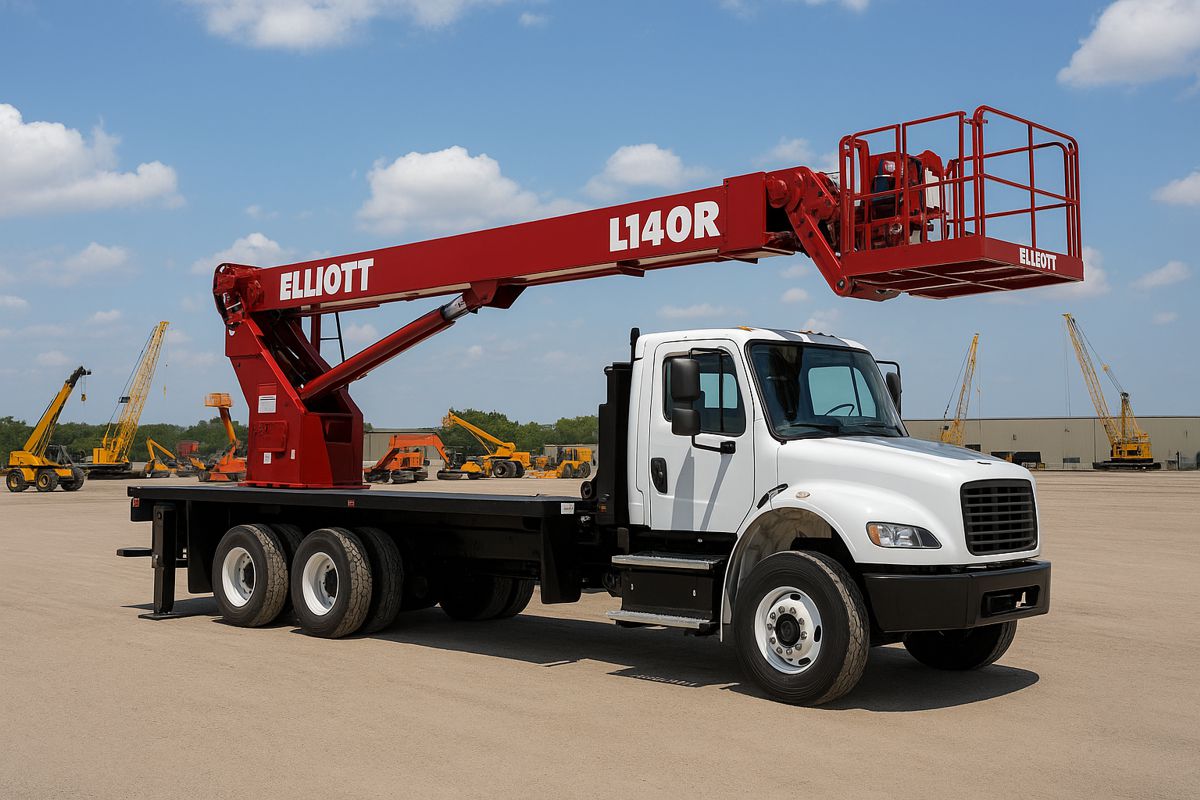The future of safe integration of ADAS technology in US fleets
Every year, more than 37,000 people die on US roads and 94 percent of those accidents are results of human error.
The ongoing conversations around the integration of autonomous vehicles (AVs) has identified problems that need to be addressed for these technologies to become mainstream in the industry. Misconceptions around AVs and safety implications must be resolved, specifically by developing technology that allows AV trucks to safely navigate through urban areas.
Current Landscape of AV Trucking
It’s no secret the future of AV technology lies in trucking and fleet transport. Before the full integration of self-driving trucks takes off, the use of advanced driver-assistance systems (ADAS) will optimize operating tasks and ease driving procedures. The leading answer to full integration of AVs is trucking. When testing current ADAS fleet technology like adaptive braking and steering systems, automotive makers have taken advantage of American highways due to their wider roadways and favorable infrastructure. Long routes on controlled highways with relatively predictable conditions allow AV trucks to master rural areas, creating the next goal of addressing urban landscapes.
The financial benefits of AV trucking alone continue to serve as an impetus to continue prioritizing technological advancements. AV trucks offer economic and operational benefits by decreasing labor costs and improving fuel efficiency. ADAS technology can help double the number and length of trips as AV trucks can operate all driving tasks without a human driver and won’t be restricted by state and federal driving shift limits and regulations. Federal regulations do not allow more than 11 hours of driving without a break. AVs would address both the limitations of human drivers and the reality of not having enough drivers to handle the market’s current needs.
Prospects for AV truck integration are only expected to increase over the next two decades. According to the US government, freight shipments are expected to increase by 22.4 percent throughout the next 20 years and the amount of human error in long haul trips will lead to fewer accidents with automation. By deploying AV trucks, companies can travel an extended number of hours and miles without a human driver, allowing for quicker, more efficient deliveries. As AV fleets lead the future of AV adoption, the auto industry will want to look at the positive outcomes of ADAS technology to use as proof points for integration.
Addressing Industry Problems
While tests in rural and highway roadways are promising, the automotive industry will need to confront the reality of navigating urban areas sooner rather than later. The shift towards urban landscapes creates the opportunity to rethink technology that struggles in urban areas due to the tight corners, moving people, and densely packed nature of our cities. Safety implications have raised many concerns surrounding the full use of autonomous vehicles and in order for the trucking industry to move forward into AV and ADAS technology, these issues must be addressed to advance AV progress and secure public buy-in.
Having AV fleets taking the road will be a big step towards the industry accepting the reliability of AVs and ADAS technology. The willingness to trust the developing AV trucks and the safety of other drivers speaks to the confidence of the technology. Current AV truck expansion focuses on rural areas instead of reaching more urban settings as some constraints including roadway quality, traffic, and current regulations pose more risks. Ideal locations including Texas, Arizona, and New Mexico offer more favorable road conditions, weather, and strong highway infrastructure.
The industry needs to resolve a number of safety issues before these trucks can reliably enter the roadways, urban areas in particular. Poor driving conditions paired with slow reaction times can increase problems and safety issues, making it harder to avoid accidents. Overcoming these challenges will help accelerate AV truck adoption throughout the US, as the technology matures. Other hurdles that AV trucking needs to address involve pedestrians in urban areas and other drivers on the road. Pedestrian fatalities account for 17 percent of all traffic fatalities and 81 percent of pedestrian accidents occur in urban areas, pushing the need for advanced safety standards. These problems are closely related issues involving all AVs and EVs.
What’s Next
The first step to acceptance of autonomous vehicles is perfecting the ADAS technology in truck fleets. Most AV technology was originally designed for cars and has struggled with inclement weather and road conditions, leaving an empty space in technology that will specifically help trucks navigate through urban areas. Current technology including sensors, cameras, and computers work together to understand the surrounding environment. Lidar is a system designed to improve accuracy and quality of existing technology by using lasers to map the environment quicker than other systems. Lidar can operate at incredibly long distances working best in rural areas like highways, but falls short in urban areas pushing the demand of technology that will specifically address the needs of AV trucks.
Autonomous trucking has the potential to reshape the freight truck industry and system but has many hurdles to jump through before US adoption is fully accepted. As the technology rapidly evolves, ADAS offers the opportunity to allow trucks to better adapt to changing road conditions and enhance safety features. As more AV trucks take the road, the development of AV and ADAS technology will help address important safety implications surrounding trucks in the urban landscape.
Article by Pär-Olof Johannesson, CEO at Terranet. Pär-Olof Johannesson led the IPO on Nasdaq First North in 2017 and has been a seasoned entrepreneur and tech executive for 20 + years. Pär-Olof’s previous positions include Operating Venture Partner at Mankato Investments, BA Director at Flextronics, Area Manager at ABB, Project Manager at Ericsson and Attaché Swedish Ministry for Foreign Affairs. He’s been an instructor at Stanford, MIT and Lund School of Economics and Management and an avid skier and tennis player (amateur level).




















